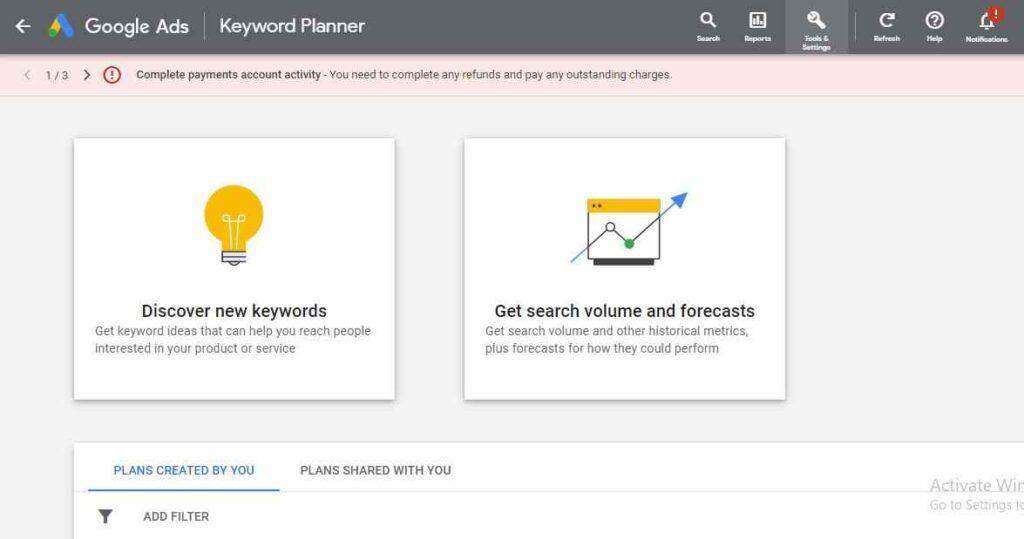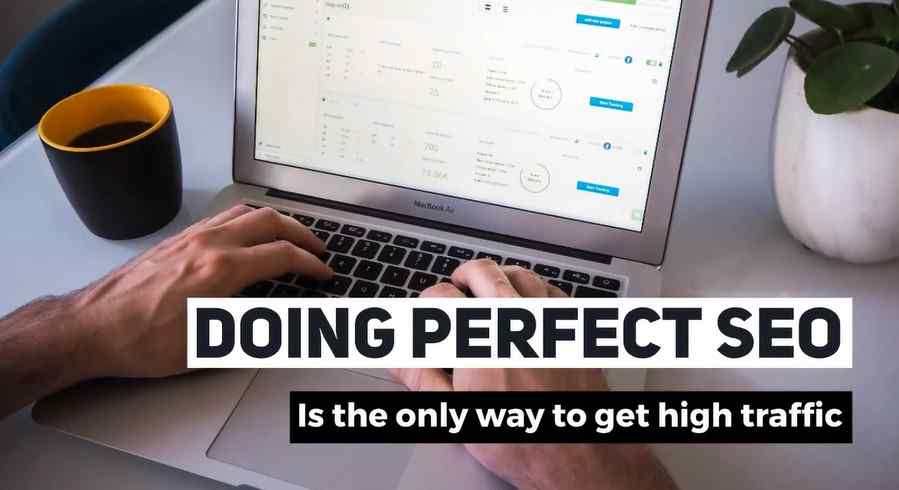SEO is the process of getting traffic from search engines. Website owners use it to increase their websites’ visibility in organic (also called “natural” or “earned”) search results, primarily organic traffic referring to those on Google Search and Bing. Doing perfect SEO is the only way to get high traffic.
Introduction
SEO is a long-term process. It takes time and effort to see results over the long run, though it’s worth it — eventually — when done right!
Now let’s talk about how to do perfect SEO in 2022 to get high traffic. It is a process of optimizing and promoting the website with organic rankings in search engine results pages (SERPs). The actions, methods and techniques generally attempt to increase the relevance of the upgraded site in the eyes of the most popular search engines, such as Google, Bing, Yahoo, Yandex and Baidu.
Organic search is essential because 70 – 80% of mobile searches will use voice search by 2022. It might be too late if you still need to get your website in the top 10 results of significant search engines for targeted keywords. Today we will discuss how to do perfect SEO for getting high traffic in 2022, so let’s save time and dive in!
SEO tips for getting high traffic in 2022:
1. Research your keywords
The first step in any SEO campaign is researching the right keywords for your website. This process involves using various tools to determine which keywords have the highest search volume and are most relevant to your business. Once you have a list of target keywords, you can begin optimizing your website and content around those keywords.

Here are some SEO tools that can help with keyword research:

Google Trends is a great way to get an idea of specific keywords’ popularity. Just enter one or more keywords, and you’ll get search volume data for Google Search results. You can even view trending searches over time! This tool is useful when coming up with new keyword ideas.

Google AdWords Keyword Planner is a must-use tool for any SEO campaign. It allows you to determine how many people search for a particular keyword each month. It also provides related keywords and other data that can be helpful in your optimization efforts.

Moz’s Keyword Explorer
Moz’s Keyword Explorer is another excellent (and free) keyword research tool. It pulls search volume data from Google’s Keyword Planner, so you can get an idea to search a keyword on Google Search. It also provides some related keywords and competition data, which can help you determine which keywords are best to target.
Note: Use keywords throughout your website in a natural way – don’t force them in where they don’t belong.
2. Optimize on-site

Once you’ve identified the keywords you want to optimize for, it’s time to start optimizing your website. Here are some on-site SEO techniques that can help with this effort:
Meta tags are snippets of HTML code that describe who you are and your site. They tell search engines like Google what your site is about, and they can also help improve click-through rates for search results. They’re a great place to use your target keywords.
Header tags are another part of the HTML code that makes up a webpage. H1 tags, which appear at the top of the page, should also include your target keywords.
Page titles are also crucial for SEO. They’re the titles that appear at the top of a web browser and should include your target keywords.
3. Publish great content

Once your website is optimized, it’s time to publish great content. This content should be relevant and helpful to your target audience in some way. Not only will this help improve your website’s SEO, but it will also help you attract and retain customers.
Here are a few tips for creating great content:
Make sure your content is original and high quality. Copying someone else’s content won’t help you rank higher in search results, and it could even get you penalized by Google.
Make your content exciting and engaging. People will only stick around if your content is compelling and provides value. You must write well, include valuable information, and ensure your site is easy to navigate.
Think about what your target audience wants to read. Catering to your audience’s needs will help you attract more readers.
4. Promote your content

More than just producing great content is needed to increase your SEO. You have to promote it, too! Here are a few ways you can do this:
Create social media accounts and build a following. Social media platforms like Twitter, Facebook, Instagram, Pinterest, etc., are great ways to get the word out about your website and content.
Submit your content to popular blogs and websites. If you can get your content published on high-traffic sites, it will help you attract more readers.
Participate in online discussions and forums related to your industry. It’s a great way to reach new people interested in your content.
5. Monitor your progress

Once you start following the steps above, it’s time to monitor your website and see how it’s doing. Doing this regularly as part of your overall SEO strategy would be best. Here are some things to keep an eye on:
Watch for search results that include your target keywords. Consider adjusting your strategy if other sites use your keywords in their content.
Check your website’s Google Analytics data. This data can tell you how many visitors you’re getting, where they’re coming from, what pages they’re visiting, and more.
Use online tools like Moz or SEMrush to track your website’s SEO progress. These tools can help you identify any areas that need improvement.
There are many different aspects to perfect SEO.
But, if you can nail the basics, you will be well on your way to increased organic traffic.
Here are some of the most important things to consider:
Google looks for websites relevant to users’ search queries, so make sure your site is as relevant as possible.
In addition to great content, you’ll also want to focus on optimizing your website for search engines.
It means using the correct keywords, titles, and descriptions for each page.
It also means setting up 301 redirects and creating a sitemap.
These are all small details that will make a big difference in SEO.
You can also use Google Search Console to see what keywords your target audience is using and then create content based on those terms.
And don’t forget about linking internally – this tells search engines which pages of your website go together and can help improve your SEO ranking.
The Bottom Line
SEO can be a lot of work, but following the steps above can help you see results over time. By optimizing your website, publishing great content, and promoting it effectively, you can improve your SEO and attract more visitors to your site.
Now that you know what SEO is and how to do it check out this article on 10 SEO Tips to Improve Your Ranking.

